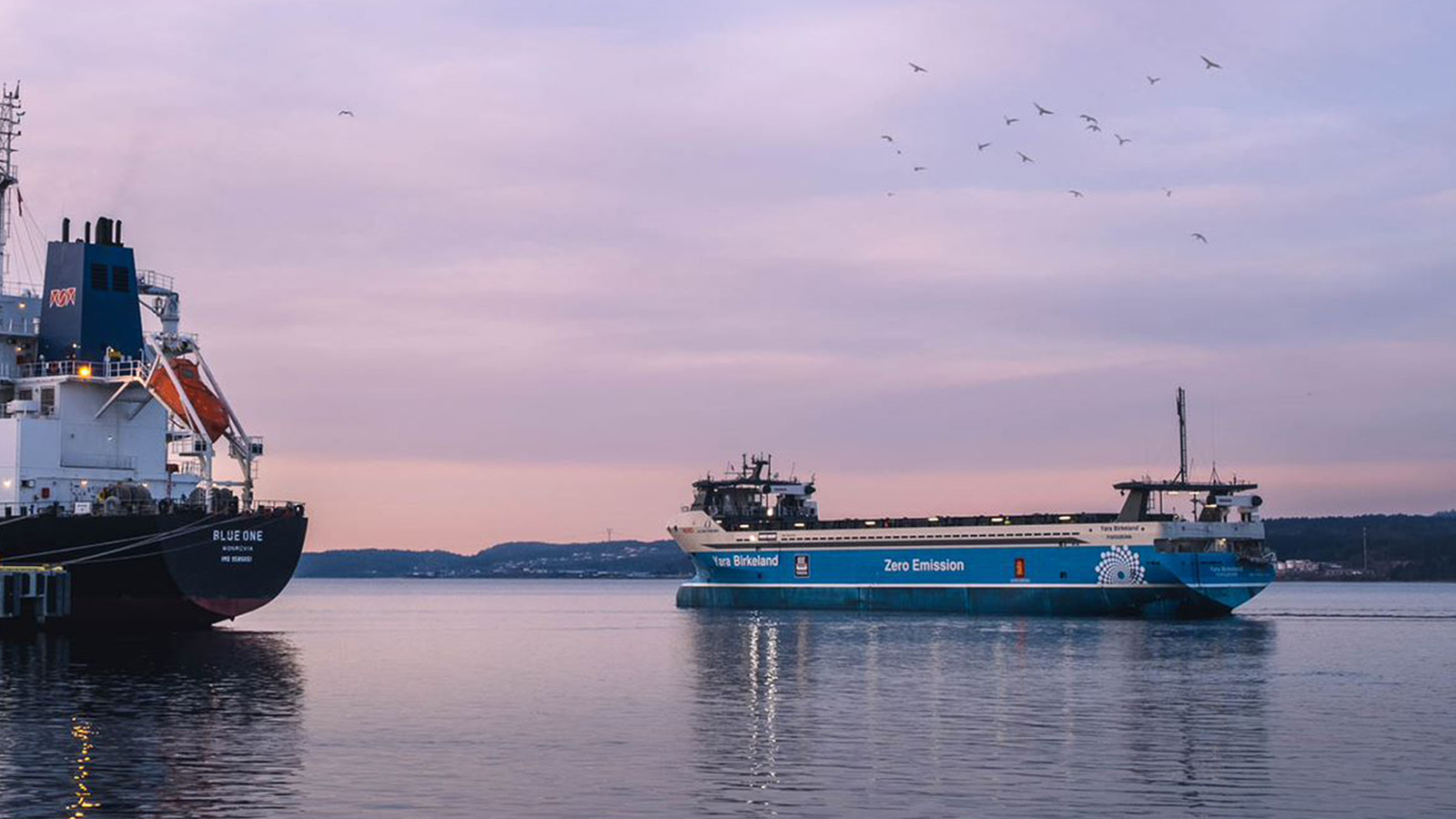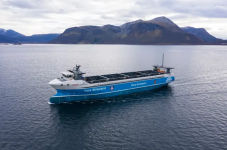I understand evaluating a capability you might want and moving towards that, my concern is that we will lose what made the MCDV's great vessels alongside what they brought to the table in the process. Some of the MCDV's missions can be offloaded to other ships but at the same time, these ships have their own problems of being busy with other duties, well worn or otherwise not entirely suited for the roles at hand. If we want to bring in entirely different ships, that is additional funds/manpower required to charter civilian ships or buy/convert them for military operations. More sword is usually a good thing but if it comes at the expense of our more mundane peacetime requirements, I am unsure it is worthwhile.
Not having an idea of the CONOPS is a problem however, even the brain storming I can manage doesn't give me many great options. If you want something that can operate in a contested environment against drones and anti-ship missiles, you need a suitable radar suite, electronic warfare suite, decoys, proper main gun, remote weapon stations, a potent enough missile battery and some level of redundancy as a proper "warship". If you want to use this overseas, you are going to need a sufficiently large hull to have good seakeeping, reasonable speed and the endurance to get to where it has to be used. If you want to use this to screen the CSC, they will have to reasonably be able to keep up with them in the deployments required with raw speed, endurance and seakeeping. Requirements go up even more if they want something to also act as a missile magazine for the CSC as well.
If you want to be a meaningful MCM platform, you need to be have your own crane system and a multi-mission capable deck/boat launching system to sit and handle all of this equipment. You also need the space aboard to command and control all of these unmanned systems in conjunction with the combat management this vessel has to undertake for itself. You'll likely be looking at atleast a drone capable flight deck and hanger, but god forbid they try and cram a proper helicopter and hanger into this thing as well.
I don't need to tell you of all people but all of these additions bring with them additional complexity, upkeep, personnel and cost requirements. All of this has to go somewhere and being crammed into a cramped little corvette has some poor implications, so they'll likely go for a larger hull. All of this design bloat and role creep can serve to absolutely destroy this program, as it has done to many others. Going from there, it sounds like we very much could have the CMMC program spit out a requirement for a vessel like the Type 31 class frigate. The closer we get to a proper frigate, the more concerned I would be that the CSC class will begin to disappear and these will take their place as cheaper "good enough" alternatives if a government wants austerity in the future.





